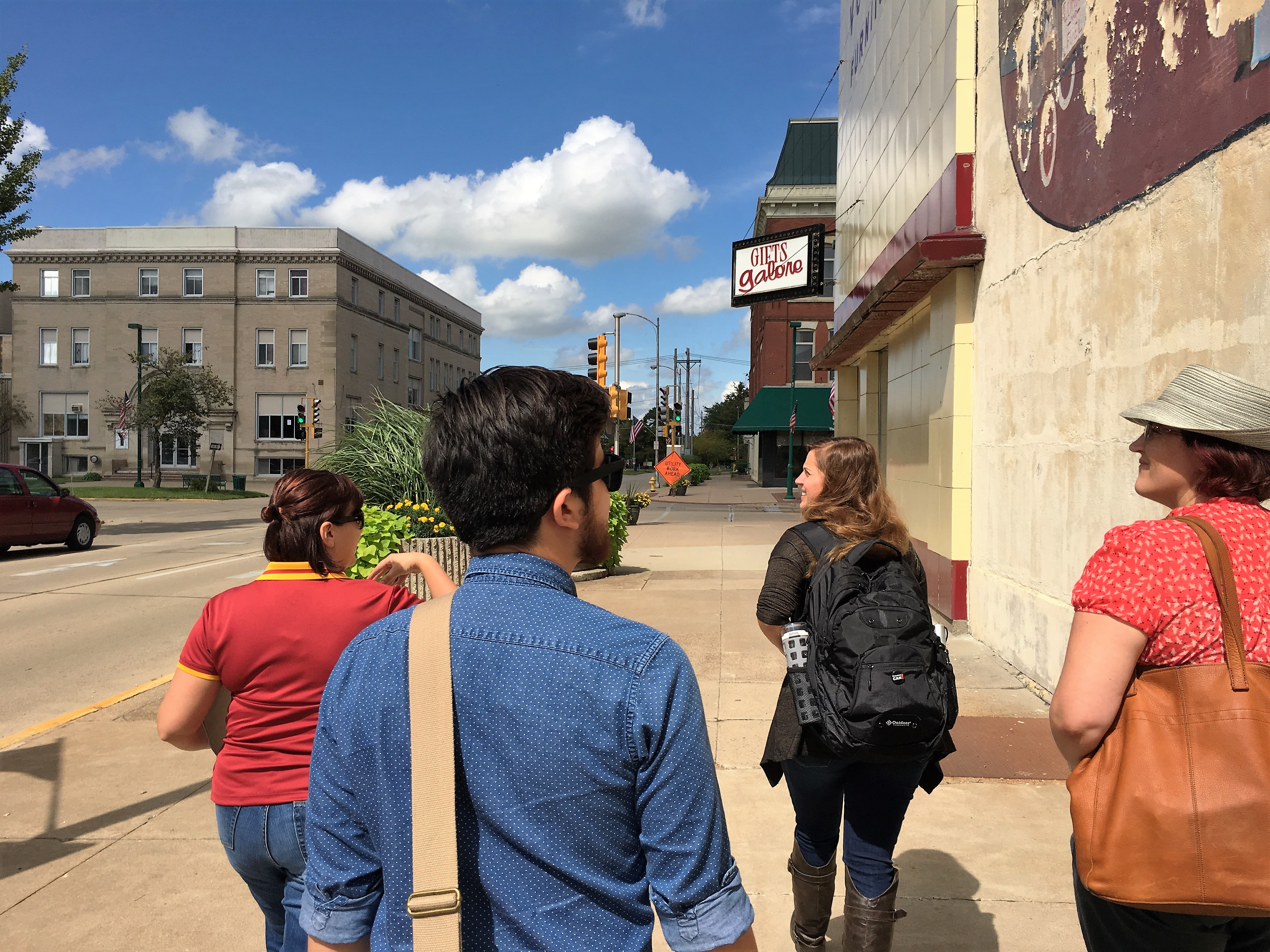Regional Brownfields Inventory and Land Bank Feasibility Study
As part of their capstone project, second-year graduate students from the University of Iowa’s School of Urban & Regional Planning developed a process to inventory and prioritize brownfield sites on behalf of the East Central Intergovernmental Association (ECIA), and conducted a feasibility study for a regional land bank.
Regional Brownfields Inventory: This aspect of the project entailed developing a region-wide brownfields inventory for ECIA. Students conducted research on best practices for large scale brownfields inventories, consulted with existing national programs, developed a methodology for collection, conducted primary and secondary research on potential brownfields properties, and developed a database tool. The database includes a prioritization mechanism indicating which properties are most urgent to address or best positioned to be transitioned into an alternative use. The resulting database tool supports ECIA’s brownfields reuse planning and efforts to secure assessment and cleanup funding. More broadly, the impact of this tool will be significant: ECIA aims to fully develop a Brownfields Program, and believes that the database will provide their staff with the information they will need to potentially secure millions in leverageable assessment, clean-up, and planning money.
Regional Land Bank Feasibility Study: The second aspect of this project entailed researching regional land bank models throughout the United States, and assessing their applicability to the five county region covered by ECIA. The goals of this part of the study were to explore different land bank organizational and operational structures, identify successes and lessons learned from these existing models, analyze ECIA’s regional need for a land bank, and ultimately make a recommendation as to which model (or elements of models) would work best for the region. In connection to the brownfields inventory aspect of this project, research and recommendations werer oriented towards the use of a land bank for brownfield revitalization. The recommendations developed through this part of the study will contribute to ECIA’s development of a Brownfields Program and guide their decision about whether creating a regional land bank is needed and feasible.
